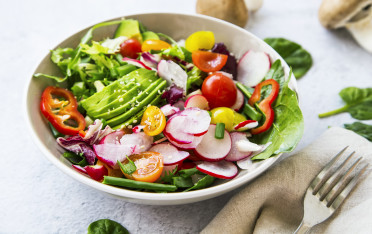Dietary exposure to pesticide residues
The dietary data used in this study came from a self-report questionnaire that Elfe mothers filled in at the maternity unit. This concerned their consumption of food and drink during the third trimester.
These data for pregnant women were linked to data on pesticide levels for each foodstuff, taken from the second Total Diet Study (EAT2) conducted by the French Agency for Food, Environmental and Occupational Health & Safety (ANSES). We then integrated the toxicological data for each of the pesticides we analysed.
Results suggested that the food consumption of Elfe women during pregnancy exposed them to a potential risk of pesticide contamination. This risk concerned high levels of three organophosphate pesticides (chlorpyrifos, pirimiphos-methyl and dimethoate) that are mainly detected in fruit and cereals: apricots, peaches, prunes and cherries (44%), bread (11%), apples and pears (10%).
These data will inform future analyses of links between pesticides and the development of Elfe children.
More information
De Gavell E., de Lauzon-Guillain B., Charles M.-A., Chevrier C., Hulin M., Sirot V., Merlo M., Nougadère A., “Chronic dietary exposure to pesticide residues and associated risk in the French Elfe cohort of pregnant women”, Environment International, 92-3: 533-42, July-August 2016. [Link]


